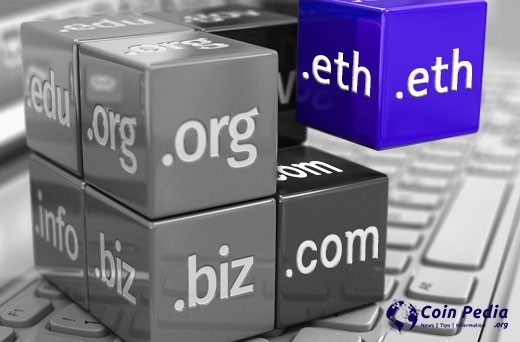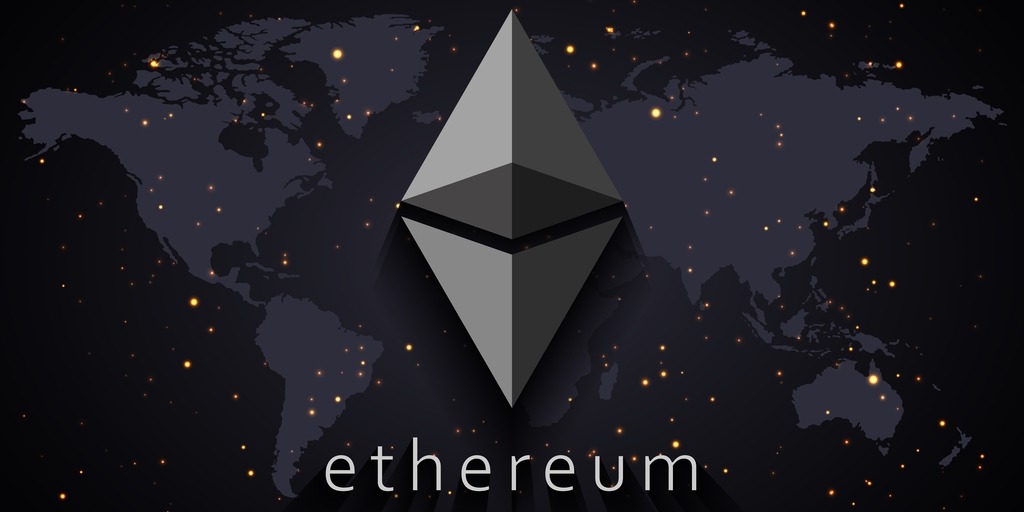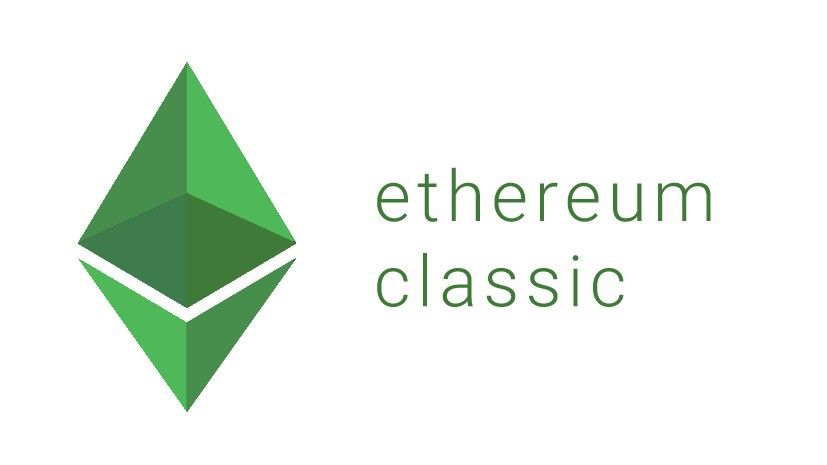Democratizing The Internet: How Ethereum Enables The Decentralized Web
The internet has revolutionized the way we connect, communicate, and conduct business. However, its centralized nature poses challenges such as data breaches, privacy concerns, and censorship. Enter Ethereum, a blockchain platform that is paving the way for a decentralized web, commonly referred to as Web 3.0. In this article, we will explore Ethereum’s crucial role in enabling the decentralized web and delve into concepts like decentralized storage, peer-to-peer networking, and censorship-resistant platforms. We will also discuss the challenges and future prospects of a truly democratized internet.
The Power of Decentralized Storage
One of the key elements of the decentralized web is the concept of decentralized storage. Traditional internet services rely on centralized servers to store and manage data, making them vulnerable to attacks and single points of failure. Ethereum, through its smart contract capabilities, enables the development of decentralized storage solutions. Projects like IPFS (InterPlanetary File System) and Swarm leverage Ethereum’s blockchain to create distributed, censorship-resistant storage networks. This shift toward decentralized storage ensures data integrity, privacy, and resilience against censorship.
As the web3 ecosystem continues to evolve and grow, it is likely that we will see more innovations and new use cases emerge, leading to a more decentralized and democratized internet for all.
I shared a list of some blockchain based social networks:https://t.co/SZpxvJJjcO
— Denise 🇳🇬 (@InfluencerDee) May 9, 2023
Peer-to-Peer Networking
Ethereum’s decentralized nature also facilitates peer-to-peer networking, a fundamental aspect of the decentralized web. In a peer-to-peer network, information is exchanged directly between participants without intermediaries. Ethereum enables the creation of decentralized applications (dApps) that operate on peer-to-peer networks, fostering direct interaction and removing the need for central authorities. This peer-to-peer model enhances security, reduces latency, and promotes user autonomy and ownership of data.
Censorship-Resistant Platforms
Censorship has long been a concern on the internet, with centralized platforms exercising control over content and data. Ethereum provides a framework for building censorship-resistant platforms. Through smart contracts and decentralized governance mechanisms, platforms can be developed that give content creators ownership and control over their work. Projects like Ethereum Name Service (ENS) allow for decentralized domain name registration, ensuring that websites and applications remain accessible despite censorship attempts.
Challenges and Future Prospects
While Ethereum and the decentralized web offer immense potential, they also face challenges. Scalability remains a significant hurdle, as Ethereum’s current architecture struggles to handle a large number of transactions and data. However, Ethereum 2.0, an upgrade to Ethereum’s infrastructure, aims to address scalability through the implementation of a more efficient consensus mechanism. Additionally, user adoption and education are crucial for the decentralized web to gain widespread acceptance.
Looking ahead, the future prospects of a decentralized internet are promising. As Ethereum and other blockchain platforms continue to evolve, we can expect innovative solutions to address scalability, usability, and interoperability. The decentralized web has the potential to empower individuals, promote privacy, foster innovation, and democratize access to information.
- Scalability: One of the most pressing challenges for Ethereum’s decentralized internet is scalability. As the network grows and more users participate, the limitations of Ethereum’s current architecture become evident. The throughput of transactions and the capacity to store and process large amounts of data are significant obstacles. However, Ethereum 2.0 aims to address these scalability issues through the implementation of a more efficient and scalable consensus mechanism called Proof of Stake (PoS) and the introduction of shard chains. These upgrades hold the promise of significantly increasing Ethereum’s capacity to handle transactions and data, paving the way for a more scalable decentralized internet.
- User Adoption and Usability: For the decentralized internet to gain widespread acceptance, it is crucial to prioritize user adoption and improve usability. Currently, interacting with decentralized applications (dApps) on Ethereum can be challenging for non-technical users. Complex wallet setups, transaction fees, and unfamiliar interfaces can create barriers to entry. Improving user experience, simplifying the onboarding process, and creating intuitive interfaces are vital to attracting a broader user base. Additionally, education and awareness campaigns can play a pivotal role in promoting the benefits and possibilities of the decentralized internet.
- Interoperability and Standards: Interoperability is another significant challenge facing the decentralized internet. With multiple blockchain networks and protocols emerging, ensuring seamless communication and data exchange between different decentralized platforms becomes essential. Ethereum’s efforts to support interoperability through initiatives like the Ethereum 2.0 Beacon Chain and the development of standards such as ERC-20 and ERC-721 are steps in the right direction. However, establishing broader industry-wide standards and protocols will be crucial to enable seamless interoperability between different blockchain networks, fostering a cohesive and interconnected decentralized internet.
- Regulatory and Legal Considerations: As the decentralized internet evolves, regulatory and legal challenges will arise. Governments and regulatory bodies around the world are still grappling with how to approach decentralized technologies and cryptocurrencies. Balancing the need for innovation and user privacy with regulatory compliance presents a significant challenge. Collaboration between industry stakeholders, governments, and regulatory bodies is essential to create a framework that encourages innovation while addressing security, fraud, and consumer protection concerns.
Future Prospects
Despite the challenges, the future prospects of a decentralized internet enabled by Ethereum are exciting. As scalability solutions like Ethereum 2.0 are implemented, the network will be able to handle a higher volume of transactions, opening doors for widespread adoption. Improved user experience and interface design will make decentralized applications more accessible to the general public. The development of interoperability protocols will facilitate seamless communication between different blockchains, fostering a unified and interconnected decentralized internet. Moreover, ongoing research and innovation within the Ethereum community and the wider blockchain ecosystem will continue to drive advancements, bringing us closer to a truly decentralized internet.
Also, read – Ethereum 2.0: What’s New and What Is The Future Of Ethereum 2.0
Conclusion
Ethereum’s role in enabling the decentralized web is pivotal. Through concepts like decentralized storage, peer-to-peer networking, and censorship-resistant platforms, Ethereum is democratizing the internet and transforming the way we interact online. While challenges exist, the potential benefits of a decentralized web are substantial. As we navigate the transition to Web 3.0, it is crucial to embrace and support the development of technologies like Ethereum that foster a more open, secure, and inclusive internet for all.
Stay informed with daily updates from Blockchain Magazine on Google News. Click here to follow us and mark as favorite: [Blockchain Magazine on Google News].
Get Blockchain Insights In Inbox
Stay ahead of the curve with expert analysis and market updates.
latest from tech
Disclaimer: Any post shared by a third-party agency are sponsored and Blockchain Magazine has no views on any such posts. The views and opinions expressed in this post are those of the clients and do not necessarily reflect the official policy or position of Blockchain Magazine. The information provided in this post is for informational purposes only and should not be considered as financial, investment, or professional advice. Blockchain Magazine does not endorse or promote any specific products, services, or companies mentioned in this posts. Readers are encouraged to conduct their own research and consult with a qualified professional before making any financial decisions. The featured image used is just a creative depiction of the title and it does not intend to hurt sentiments of any person or institution. If it hurts anyone sentiments, please do not hesitate to reach out to Blockchain Magazine.

 Bitcoin
Bitcoin  Ethereum
Ethereum  XRP
XRP  Tether
Tether  Solana
Solana  Dogecoin
Dogecoin  USDC
USDC  Cardano
Cardano  Lido Staked Ether
Lido Staked Ether  TRON
TRON  Chainlink
Chainlink  Avalanche
Avalanche  Wrapped stETH
Wrapped stETH  Sui
Sui  Wrapped Bitcoin
Wrapped Bitcoin  Toncoin
Toncoin  Stellar
Stellar  Hedera
Hedera  Shiba Inu
Shiba Inu  WETH
WETH  Polkadot
Polkadot  LEO Token
LEO Token  Litecoin
Litecoin  Bitcoin Cash
Bitcoin Cash  Bitget Token
Bitget Token  Hyperliquid
Hyperliquid  Uniswap
Uniswap  Official Trump
Official Trump  USDS
USDS  Wrapped eETH
Wrapped eETH  Pepe
Pepe  NEAR Protocol
NEAR Protocol  Ethena USDe
Ethena USDe  Aave
Aave  Aptos
Aptos  Internet Computer
Internet Computer  Monero
Monero  WhiteBIT Coin
WhiteBIT Coin  Ethereum Classic
Ethereum Classic  Ondo
Ondo  Cronos
Cronos  POL (ex-MATIC)
POL (ex-MATIC)  Mantle
Mantle  Render
Render  Dai
Dai  MANTRA
MANTRA  Algorand
Algorand  Artificial Superintelligence Alliance
Artificial Superintelligence Alliance 




